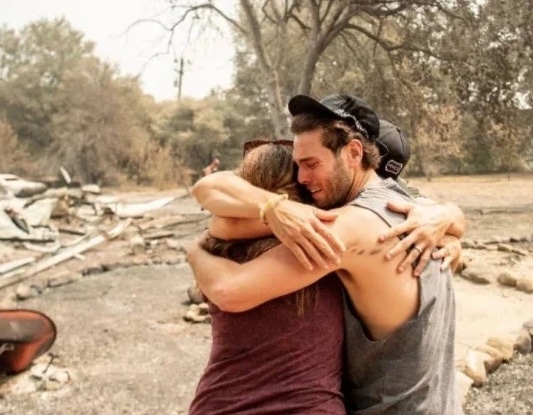
August besieged California with a heat unseen in generations. A surge in air conditioning broke the state’s electrical grid, leaving a population already ravaged by the coronavirus to work remotely by the dim light of their cellphones. By midmonth, the state had recorded possibly the hottest temperature ever measured on earth — 130 degrees in Death Valley — and an otherworldly storm of lightning had cracked open the sky. From Santa Cruz to Lake Tahoe, thousands of bolts of electricity exploded down onto withered grasslands and forests, some of them already hollowed out by climate-driven infestations of beetles and kiln-dried by the worst five-year drought on record. Soon, California was on fire.
Over the next two weeks, 900 blazes incinerated six times as much land as all the state’s 2019 wildfires combined, forcing 100,000 people from their homes. Three of the largest fires in history burned simultaneously in a ring around the San Francisco […]











We even have clouds of smoke here in Pa. from the fires. I have also heard that some smoke clouds have reached across the Pacific and are over Europe, too. Why can’t the Republican party send some help to put the fires out????
P.S.: Another thing that comes from this smoke is the fact that the sun is not getting to our crops so they can ripen. It looks like we will not have enough food to last for an entire year which we are very dependent upon to survive. We really cannot afford to pay the exorbitant grocery store prices and usually depend mainly upon our own home grown organic food which has lasted a whole year this past year but will not last this year because the cold is already setting in because of the smoke.